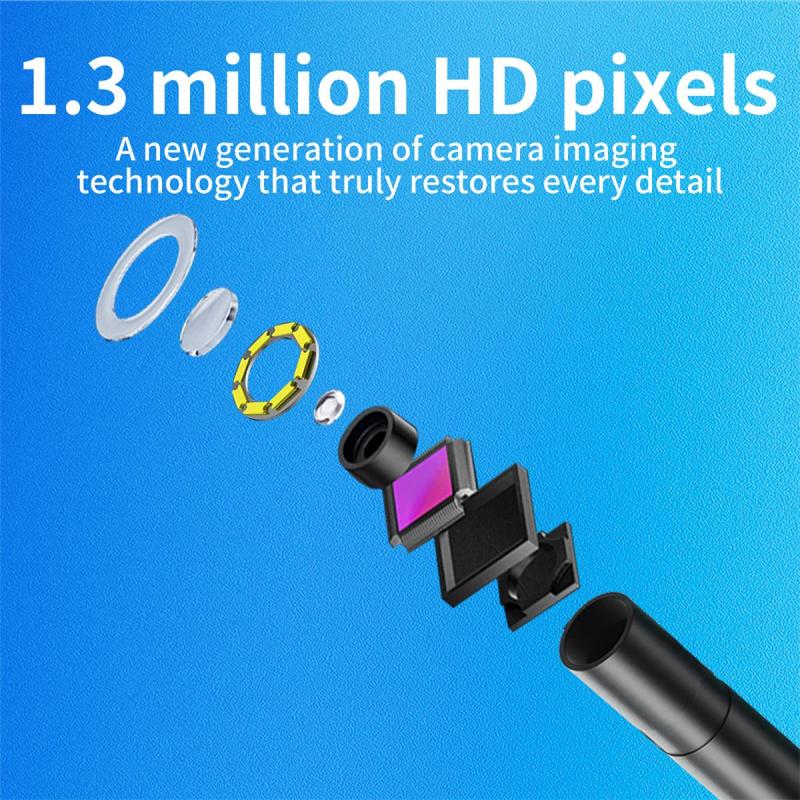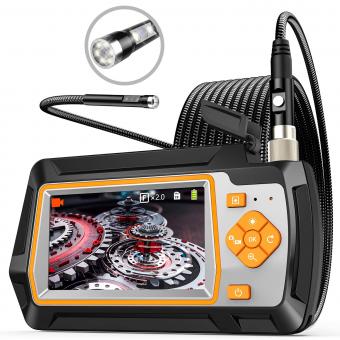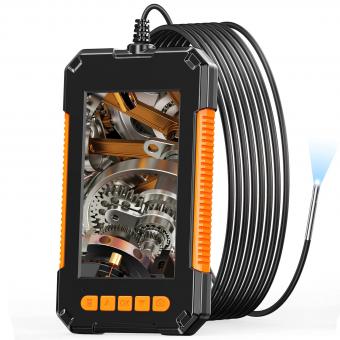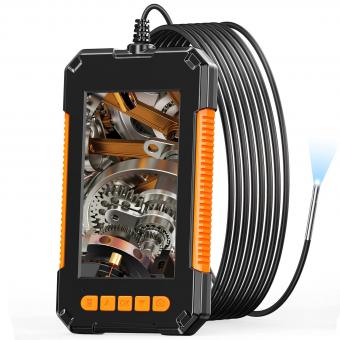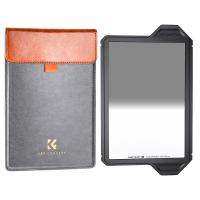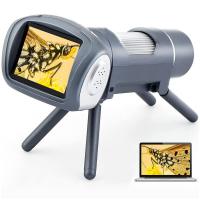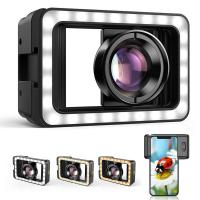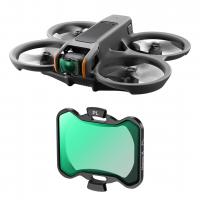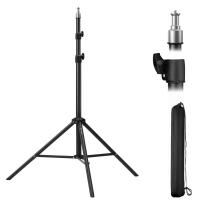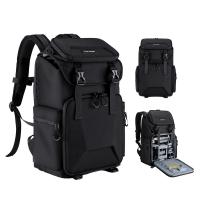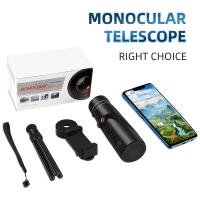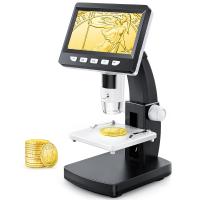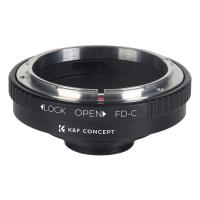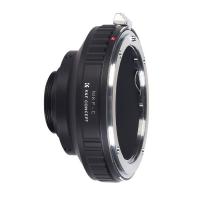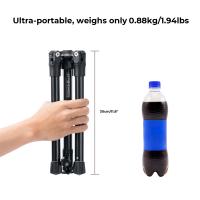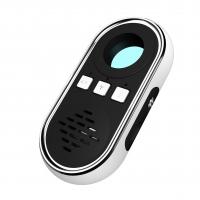What Happens When You Bend An Endoscope Sharply ?
When an endoscope is bent sharply, it can potentially cause damage to the instrument. The flexible tube of the endoscope is designed to be maneuverable and bendable to navigate through the body's natural curves and passages. However, excessive or sharp bending can lead to kinking or even breaking of the endoscope. This can result in functional impairment or complete failure of the device. It is important to handle endoscopes with care and avoid applying excessive force or bending beyond their recommended limits to prevent damage.
1、 Optical distortion and image degradation
When an endoscope is bent sharply, it can lead to optical distortion and image degradation. The bending of the endoscope causes the fibers within the scope to be stretched or compressed, which can result in changes to the transmission of light. This can lead to a loss of image quality and clarity.
The optical distortion that occurs when an endoscope is bent sharply can manifest in various ways. One common issue is the loss of focus, where the image appears blurry or out of focus. This can make it difficult for the medical professional to accurately visualize the area being examined. Additionally, the bending can cause a decrease in the field of view, limiting the visibility of the surrounding tissues.
Image degradation is another consequence of sharp bending. The bending can cause the fibers to become misaligned or damaged, resulting in a decrease in the overall image quality. This can include issues such as pixelation, color distortion, or the appearance of artifacts in the image.
It is important to note that advancements in endoscope technology have been made to minimize the impact of sharp bending on image quality. For example, some endoscopes now incorporate flexible fiber bundles or miniature cameras, which can provide better image quality even when the scope is bent sharply. Additionally, improvements in fiber optics and lens technology have also contributed to reducing optical distortion and image degradation.
In conclusion, when an endoscope is bent sharply, it can result in optical distortion and image degradation. However, advancements in technology have helped to mitigate these issues and improve the overall image quality, providing medical professionals with clearer and more accurate visualizations during procedures.
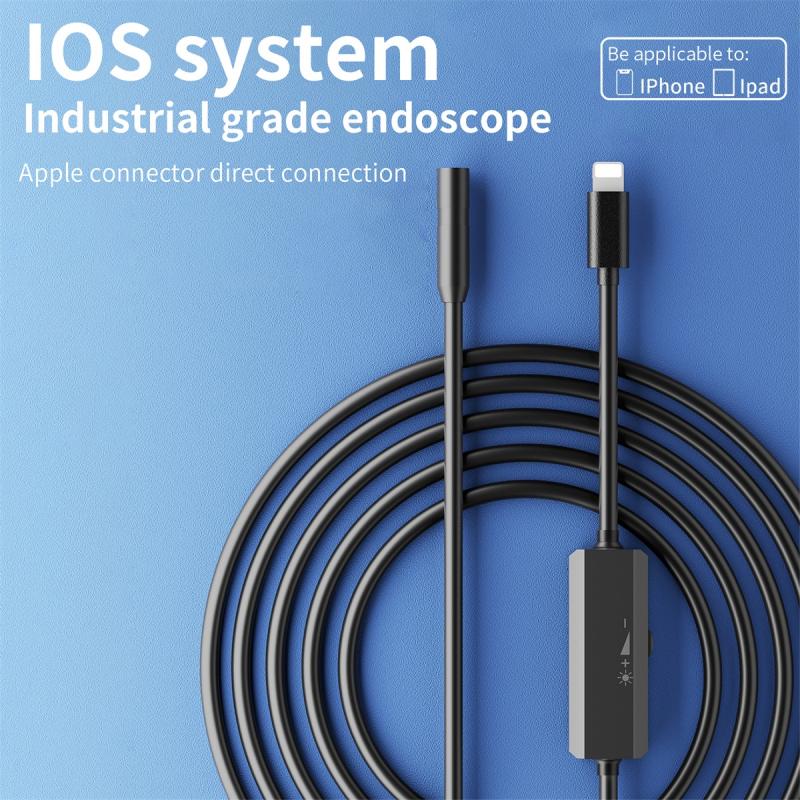
2、 Potential damage to the endoscope's components
When an endoscope is bent sharply, there is a potential risk of damage to its components. Endoscopes are delicate instruments that consist of a flexible tube with a light and camera at the tip, allowing doctors to visualize and examine internal organs or cavities. The flexibility of the endoscope allows it to navigate through the body's natural curves and bends, but it also means that excessive bending can lead to problems.
One of the main concerns when bending an endoscope sharply is the potential damage to the insertion tube. The insertion tube is the long, flexible part of the endoscope that is inserted into the body. It contains various channels for the passage of instruments and air/water, as well as delicate wiring for the camera and light source. Sharp bending can cause kinks or tears in the insertion tube, leading to a loss of functionality or even complete failure of the endoscope.
Additionally, the bending of an endoscope can put strain on the cables and wires inside, potentially causing them to break or disconnect. This can result in a loss of image quality or complete loss of image transmission. The light source may also be affected, leading to inadequate illumination during the procedure.
It is important to note that endoscope manufacturers are continuously working on improving the durability and flexibility of their devices. Newer models may have enhanced features to withstand sharper bends without sustaining damage. However, it is still crucial for medical professionals to handle endoscopes with care and avoid excessive bending to ensure their longevity and optimal performance.
In conclusion, when an endoscope is bent sharply, there is a risk of potential damage to its components, including the insertion tube, cables, wires, and light source. Medical professionals should exercise caution and follow proper handling procedures to minimize the chances of such damage.
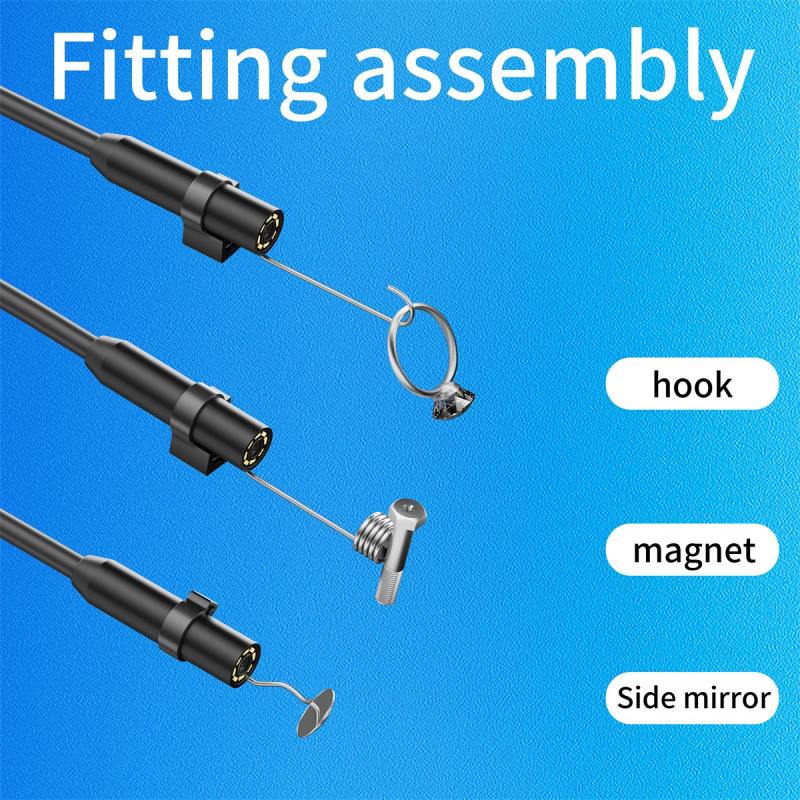
3、 Risk of kinking or breaking the insertion tube
When an endoscope is bent sharply, there is a risk of kinking or breaking the insertion tube. The insertion tube is a flexible component of the endoscope that allows it to navigate through the body's natural passages. It is designed to be flexible and maneuverable, but it also has its limits.
When the endoscope is bent too sharply, the insertion tube can become kinked. This can obstruct the passage of instruments or the flow of fluids, making it difficult or impossible to perform the intended procedure. In some cases, the kink may be severe enough to cause damage to the endoscope itself, requiring repair or replacement.
Furthermore, a sharp bend can also lead to the breaking of the insertion tube. This can result in a complete failure of the endoscope, rendering it unusable. The broken pieces may need to be retrieved from the patient's body, which can be a complex and risky procedure.
It is important to note that modern endoscopes are designed to be more durable and resistant to bending and breaking. Manufacturers have made significant advancements in materials and construction techniques to enhance the flexibility and strength of the insertion tube. However, even with these improvements, there is still a risk of damage when the endoscope is bent sharply.
To minimize the risk of kinking or breaking the endoscope, healthcare professionals are trained to handle the device with care and to avoid excessive bending. They are also trained to recognize the signs of potential damage and to take appropriate action, such as adjusting the angle or withdrawing the endoscope if necessary.
In conclusion, bending an endoscope sharply can pose a risk of kinking or breaking the insertion tube. While advancements in technology have improved the durability of endoscopes, healthcare professionals must still exercise caution to prevent damage and ensure the safe and effective use of these devices.
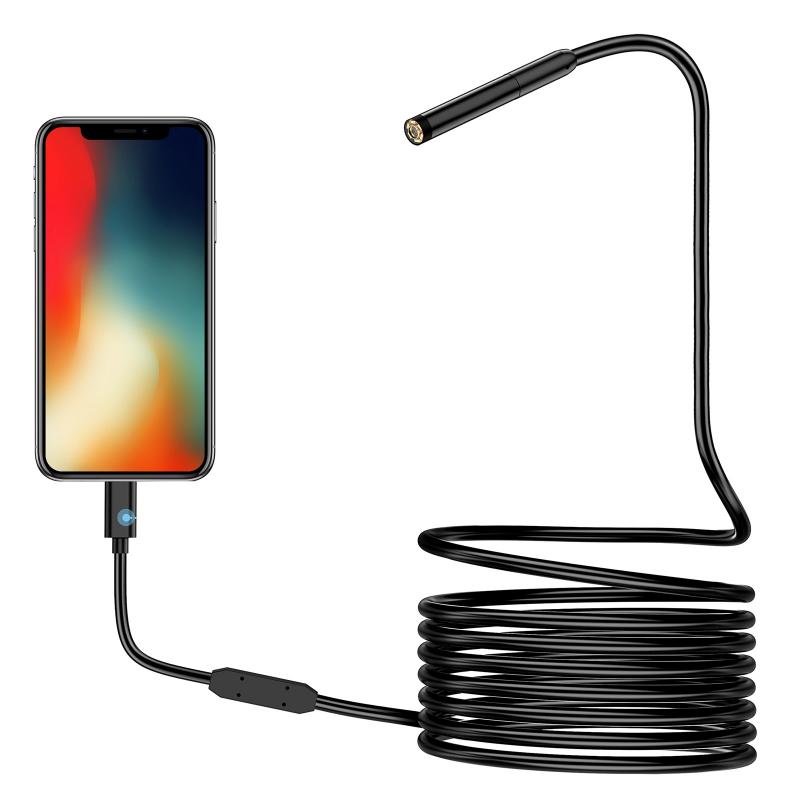
4、 Impaired maneuverability and control during the procedure
When an endoscope is bent sharply, it can lead to impaired maneuverability and control during the procedure. Endoscopes are flexible instruments used for visualizing and accessing internal body cavities, such as the gastrointestinal tract. They are designed to be flexible to navigate through the twists and turns of the body's anatomy. However, bending an endoscope sharply can cause several issues.
Firstly, a sharp bend can cause the endoscope to kink or buckle, which can obstruct the passage of instruments or the flow of fluids. This can make it difficult for the endoscopist to advance or withdraw the endoscope smoothly, potentially causing discomfort or injury to the patient.
Secondly, a sharp bend can also strain the delicate components of the endoscope, such as the fiber optic cables or the camera system. This can lead to damage or malfunction of the equipment, resulting in poor image quality or loss of visualization during the procedure.
Moreover, a sharp bend can increase the risk of perforation or injury to the patient's tissues. The endoscope may exert excessive pressure on the walls of the organ being examined, potentially causing tears or bleeding.
It is important for endoscopists to be cautious and avoid sharp bends when manipulating the endoscope. Advances in endoscope technology have led to the development of more flexible and maneuverable instruments, which can help minimize the risks associated with sharp bends. Additionally, proper training and experience in endoscopy techniques are crucial to ensure safe and effective procedures.
In conclusion, bending an endoscope sharply can result in impaired maneuverability and control during the procedure. It can lead to kinking, damage to equipment, and increased risk of patient injury. Endoscopists should exercise caution and utilize the latest advancements in endoscope technology to minimize these risks.
